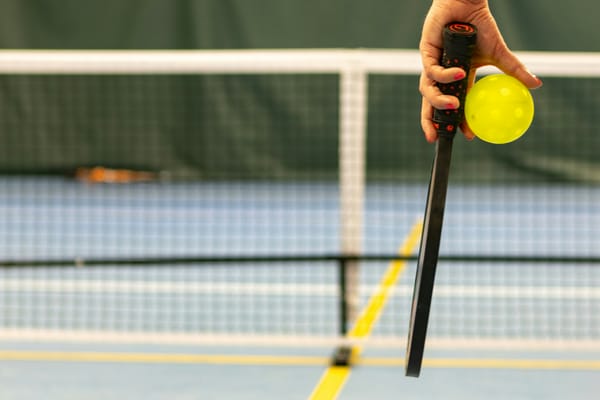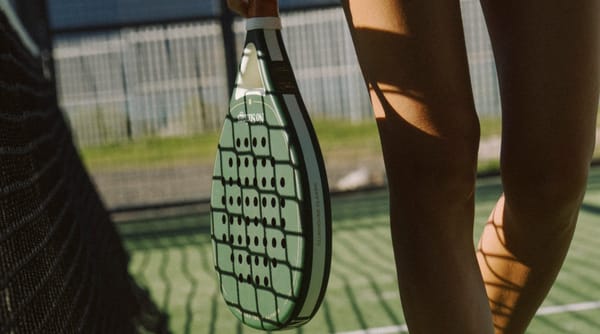Padel has a new passport. And it’s getting stamped all across Asia.
Padel has a new passport. And it’s getting stamped all across Asia.
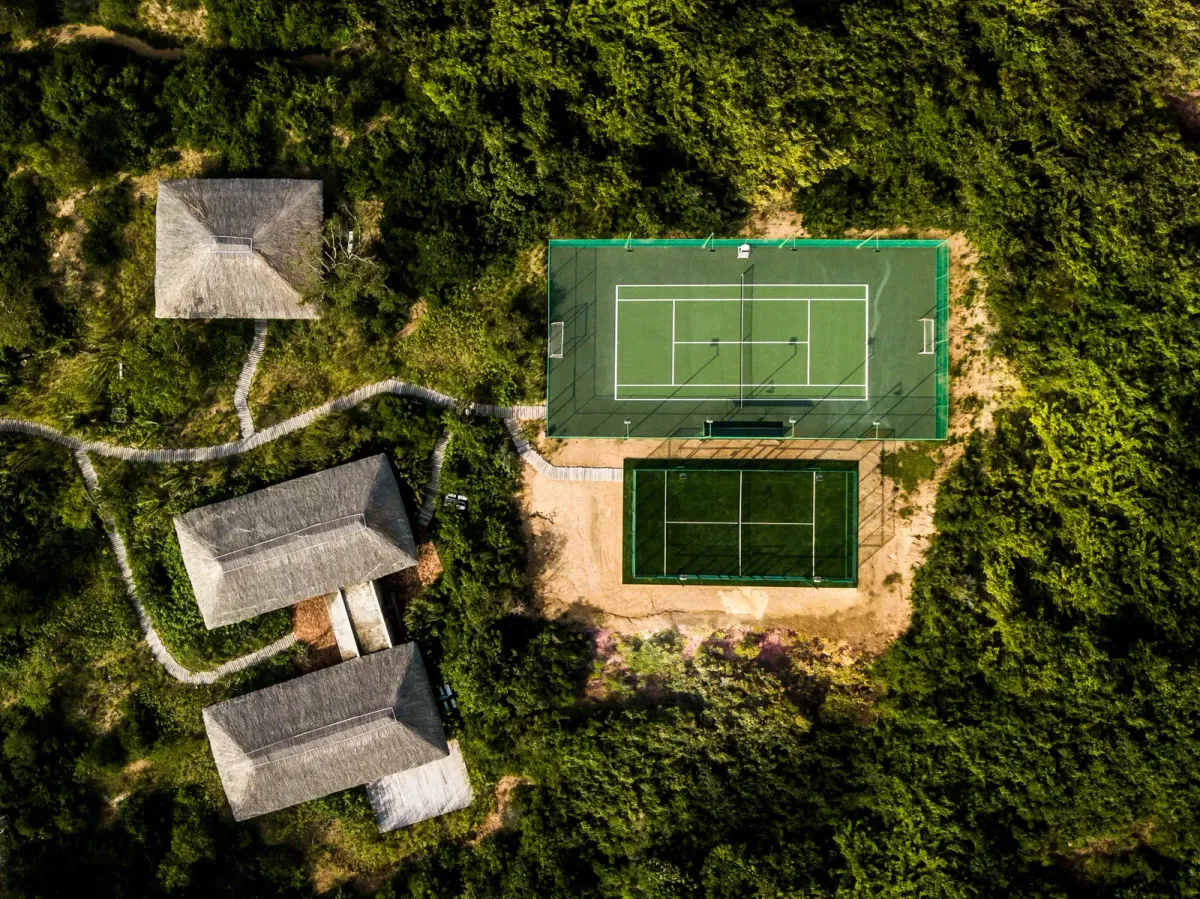
For years, Europe’s been the sport’s home base. But things are shifting. Fast. There’s something brewing in the East - a mix of curiosity, new courts, and communities ready to rally. From Bali to Bangkok, Tokyo to Singapore, padel is starting to feel at home in places where it barely existed a few years ago.
Asia still accounts for a modest share of global padel infrastructure (about 3,200 courts out of 60,000 worldwide ), but that share is growing rapidly. In fact, the International Padel Federation (FIP) recorded a 27% year-on-year growth in total courts globally , and the Asia-Pacific region is poised for the highest growth rate in the coming years . New clubs are springing up from Bali’s beaches to Bangkok’s rooftops, signaling that Asia’s padel boom is well underway.
So what’s going on?
A closer look at Bali: why is it to popular?
What makes Bali different is how effortlessly it slots padel into the daily lifestyle and rhythm. Wake up. Play a few sets under the sun. Grab a coconut. Maybe surf. Maybe nap. Then play again.
Bali has emerged as a padel paradise and a unique success story in Asia. The island’s trend-setting nature and tourism appeal have made it a hotbed of padel growth, blending sport with leisure. Although padel only arrived in Indonesia recently, interest in the game is booming in Bali among local communities, foreign residents, and visiting tourists . Investors have seized the opportunity – Jungle Padel, for example, became Bali’s first multi-court padel venture, now operating courts across Pererenan, Canggu, Ubud, Kerobokan, and more . What started with just a couple of resort-based courts (the Melia Bali hotel installed two courts early on ) has snowballed into a network of clubs across the island.
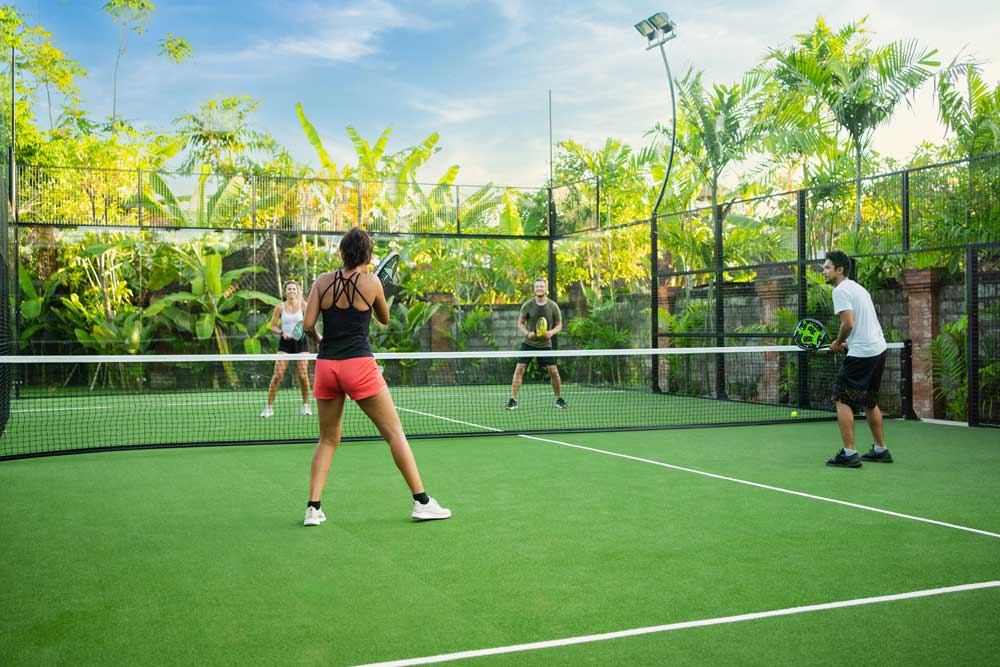
Today, Bali offers world-class padel facilities that rival those anywhere. The Bali Padel Academy in Canggu boasts seven professional-grade courts in one complex , complete with coaching programs and a vibrant social scene. Newer entrants like Bam Bam Padel in Sanur add four more premium courts set against lush tropical backdrops . This rapid club development means padel has become part of Bali’s tourist itinerary – travelers can surf in the morning and play padel in the afternoon. A retreat culture has even formed around the sport: companies now offer padel holiday camps where visitors can train and play in paradise. For instance, the Nomads Haus Padel Retreat in Uluwatu invites players of all levels to immerse in a week of padel, wellness, and Bali’s natural splendor. These retreats intertwine sport with tourism, a hallmark of Bali’s rise as a padel destination. We foresee padel retreats becoming really popular in the future. Perhaps a No Strings Padel retreat
Regional Highlights: Padel Growth in Asia’s Key Markets
Beyond Bali, numerous Asian countries are embracing padel and building up local scenes. Here’s a look at how the sport is developing across the region:
- Thailand: Thailand has seen tremendous growth in courts and players in just a few years. By late 2024, Thailand’s padel infrastructure had surged to about 25 clubs and almost 100 courts nationwide. Bangkok now hosts multiple padel complexes - from rooftop courts in Sukhumvit to new clubs like Pad Thai Padel. Coastal areas are joining in as well, with resorts in Phuket and Pattaya adding courts to attract tourists. This rapid expansion, supported by the Thailand Padel Association, has positioned Thailand as one of the leading padel hubs in Asia.
- Japan: Padel arrived in Japan in 2013 with the opening of the first court, and growth has been steady if not as explosive as elsewhere. As of early 2025, Japan has roughly 50 padel courts across the country. The sport initially gained a foothold through a few pioneering clubs and has since spread to major cities – Tokyo, Osaka, and others now have dedicated padel venues. Japan’s national padel team coaches and enthusiasts are actively pushing for more investment in facilities to meet rising interest.
- Singapore: The city-state is a perfect example of padel’s rapid emergence. Singapore’s very first padel courts were built only in 2021, atop the Marina Square mall downtown. In the short time since, padel has attracted a devoted following and multiple venues have popped up. Today there is a growing number of courts across Singapore – from an initial rooftop club to new indoor facilities – making padel one of the fastest-growing sports in the country. Experts predict there could be around 40 courts in Singapore by 2025 to meet demand . Ambitious startups are entering the fray as well. For example, Pop Padel, a Singapore-based padel venture, secured a seven-figure investment to establish the country’s first premium, purpose-built padel center. They won a government tender to build a fully sheltered club with four world-class courts in Redhill, slated to open by end of 2024 . This surge of interest and funding in Singapore underlines how quickly the sport is gaining traction, converting tennis and squash players into padel enthusiasts. If you're based in Singapore or visit there soon, take a look at our good friend Marco Duarte's page, he writes about all things padel in Singapore:

- Philippines: The padel scene in the Philippines is gaining momentum, centered around Metro Manila. The Manila Padel Club (MPC) was a pioneer, introducing this social racket sport to the country and building a flagship facility in Bonifacio Global City with five top-of-the-line courts . MPC’s success has led to growth: a second club location in Manila (Arcovia City) opened in 2024 with three additional courts under roof . Other venues have emerged as well, such as Play Padel Philippines – an indoor club in Mandaluyong that houses three courts alongside a café and pro shop . With multiple clubs now operating, the Philippine Padel Association was formed to coordinate activities and even hold national padel tournaments. In fact, the Philippines has hosted events on the new Asia Pacific Padel Tour, giving local players a chance to compete regionally . The mix of high-end clubs, corporate leagues, and grassroots interest suggests a bright future for padel in the Philippines, with Manila as an evolving hub.
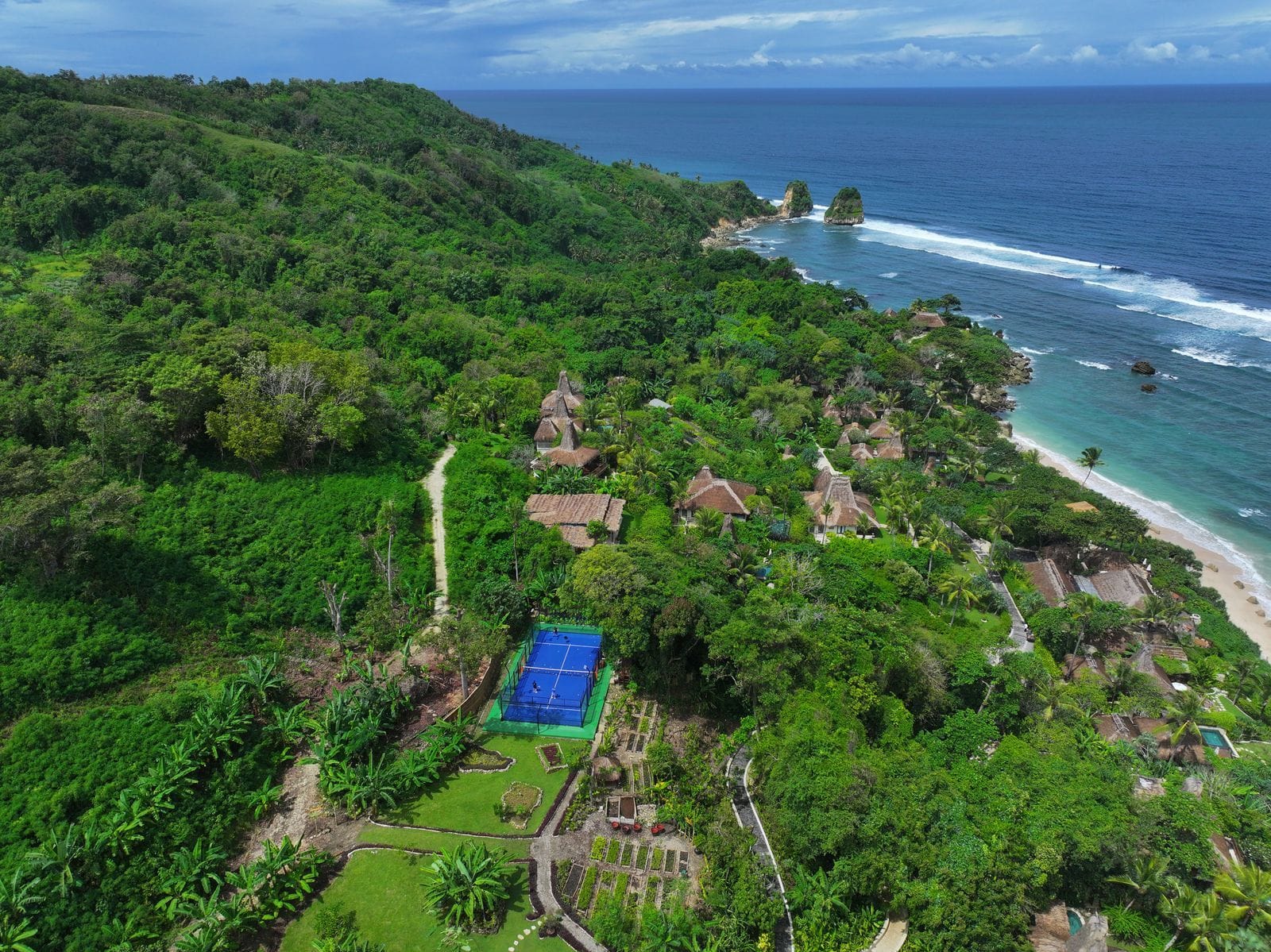
What to expect next from the region
So, where’s all this headed?
- More courts. More clubs.
- Tournaments and tours are growing: The Asia Pacific Padel Tour (APPT) is now a proper circuit, with events popping up in Thailand, Vietnam, Indonesia, and beyond. Even Hong Kong just hosted its first FIP Bronze event. There’s talk of a club league and more junior comps coming soon.
- It’s going grassroots too: Coaching clinics in Bali and Bangkok are selling out. More countries are starting school programs. Clubs are encouraging women to get into the game. This isn’t just for tourists and expats anymore — the local base is growing fast.
In summary, the stage is set for padel to become a staple across Asia’s sporting landscape. The past few years have seen a flurry of new courts, clubs, and players from Bali to Tokyo, and all indicators suggest this is just the beginning. The combination of community enthusiasm, strategic investments, and supportive organizations is driving an upward trajectory that few other sports enjoy. Padel’s unique mix of accessibility, fast-paced action, and social camaraderie resonates strongly with Asian audiences – from recreational players looking for a fun workout to serious athletes eyeing international competition. If current trends hold, the next decade could witness Asia transforming from a padel novice into one of the sport’s powerhouses.
Who knows, maybe a No Strings Padel retreat week in Bali would be a success. What do you think?
Cheers for now,
Jacques



